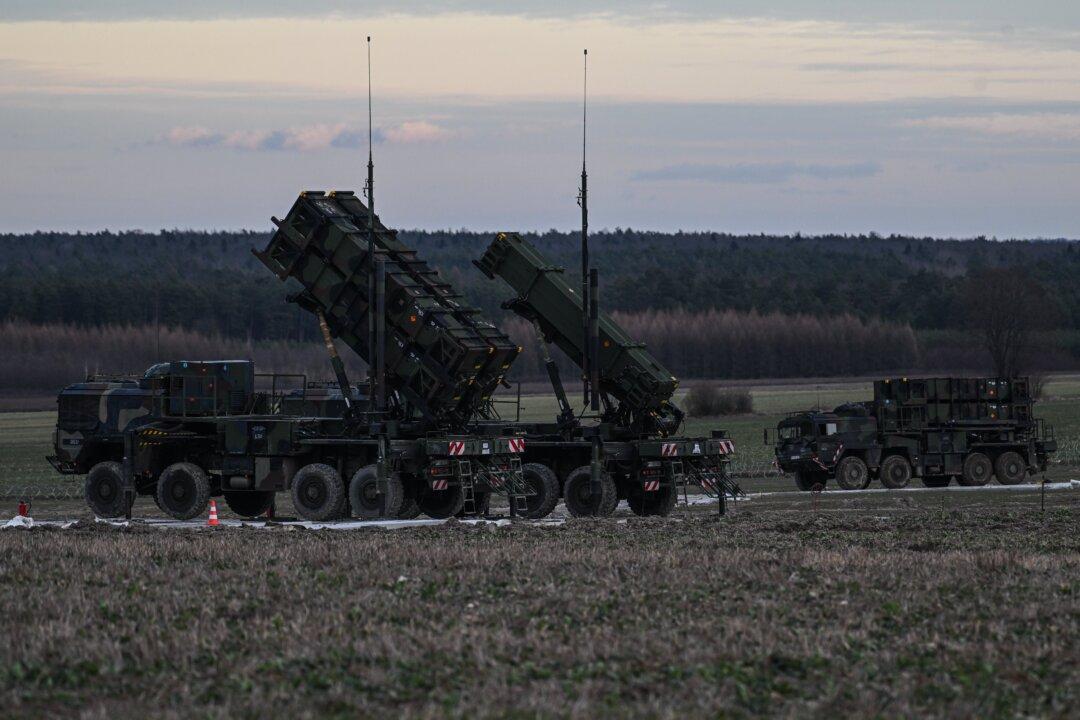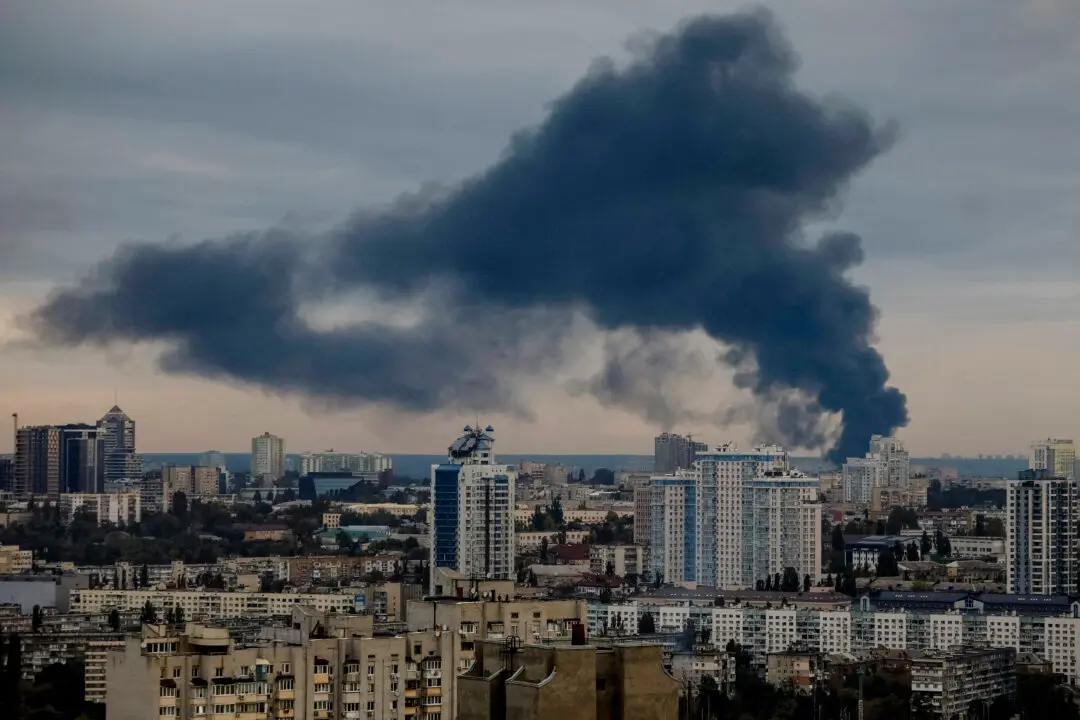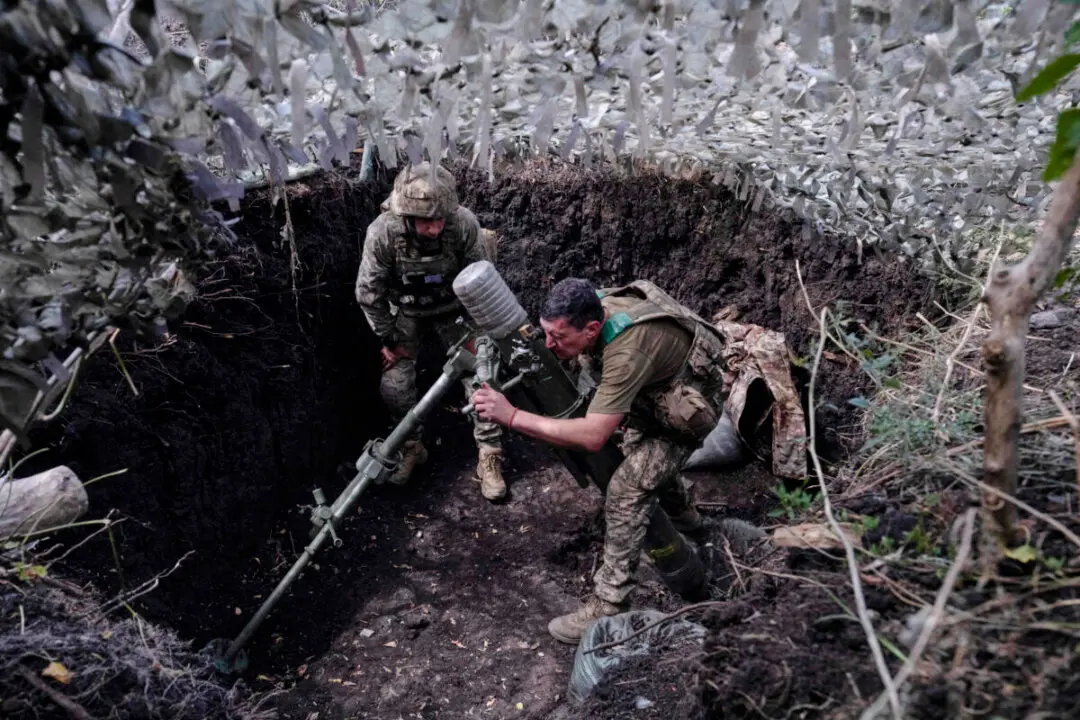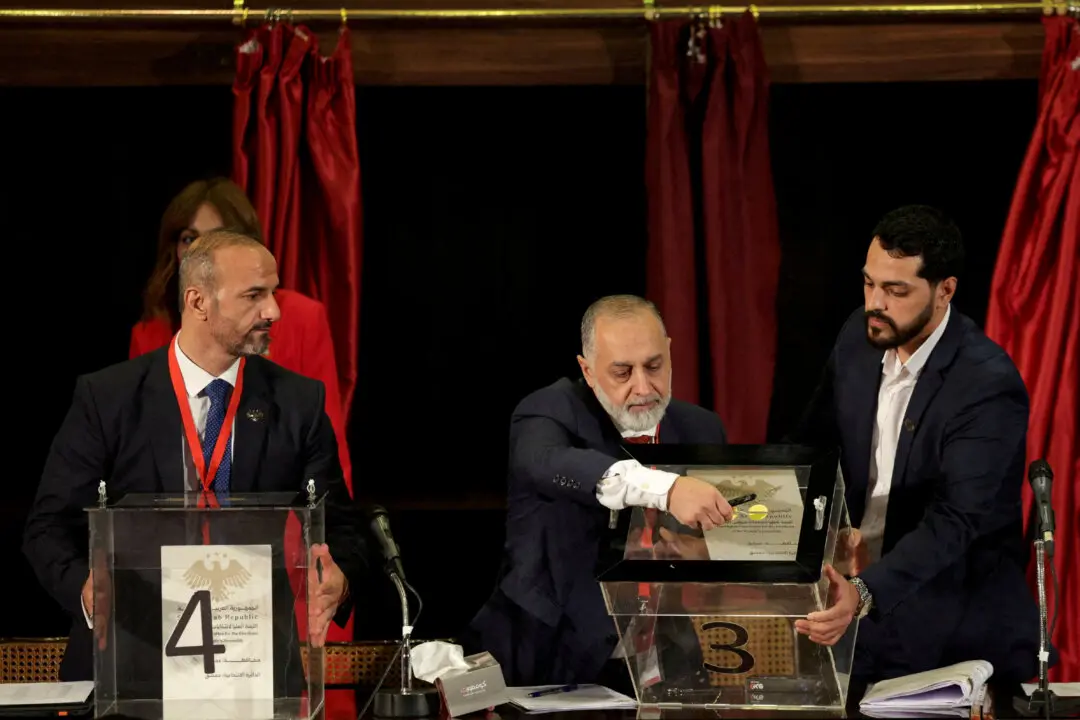Over the past month, NATO member Poland has bolstered its military presence on its border with Belarus, a close Russian ally. The move has raised concern that the ongoing war between Russia and Ukraine could escalate into a wider conflict.
On July 21, German Defense Minister Boris Pistorius stressed Berlin’s readiness, backed by NATO, to support Poland’s defense of the alliance’s eastern flank.





